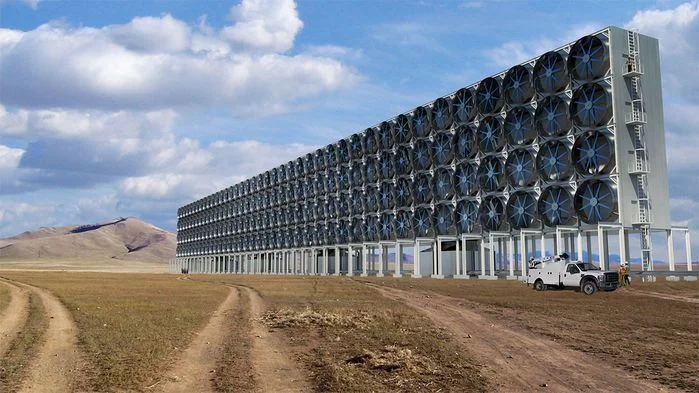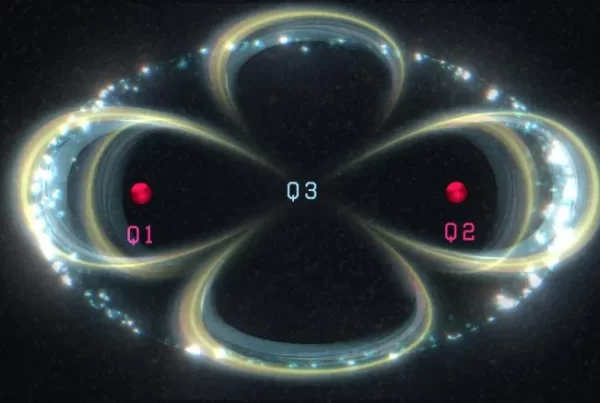Though highly motivated to slow the climate crisis, governments may struggle to impose costly polices on entrenched interest groups, resulting in a greater need for negative emis- sions. Here, we model wartime-like crash deployment of direct air capture (DAC) as a policy response to the climate crisis, calculating funding, net CO2 removal, and climate impacts. An emergency DAC program, with investment of 1.2–1.9% of global GDP annually, removes 2.2–2.3 GtCO 2 yr–1 in 2050, 13–20 GtCO2 yr–1 in 2075, and 570–840 GtCO 2 cumulatively over 2025–2100. Compared to a future in which policy efforts to control emissions follow current trends (SSP2-4.5), DAC substantially hastens the onset of net-zero CO2 emissions (to 2085–2095) and peak warming (to 2090–2095); yet warming still reaches 2.4–2.5 °C in 2100. Such massive CO2 removals hinge on near-term investment to boost the future capacity for upscaling. DAC is most cost-effective when using electricity sources already available today: hydropower and natural gas with renewables; fully renewable systems are more expensive because their low load factors do not allow efficient amortization of capital- intensive DAC plants.





